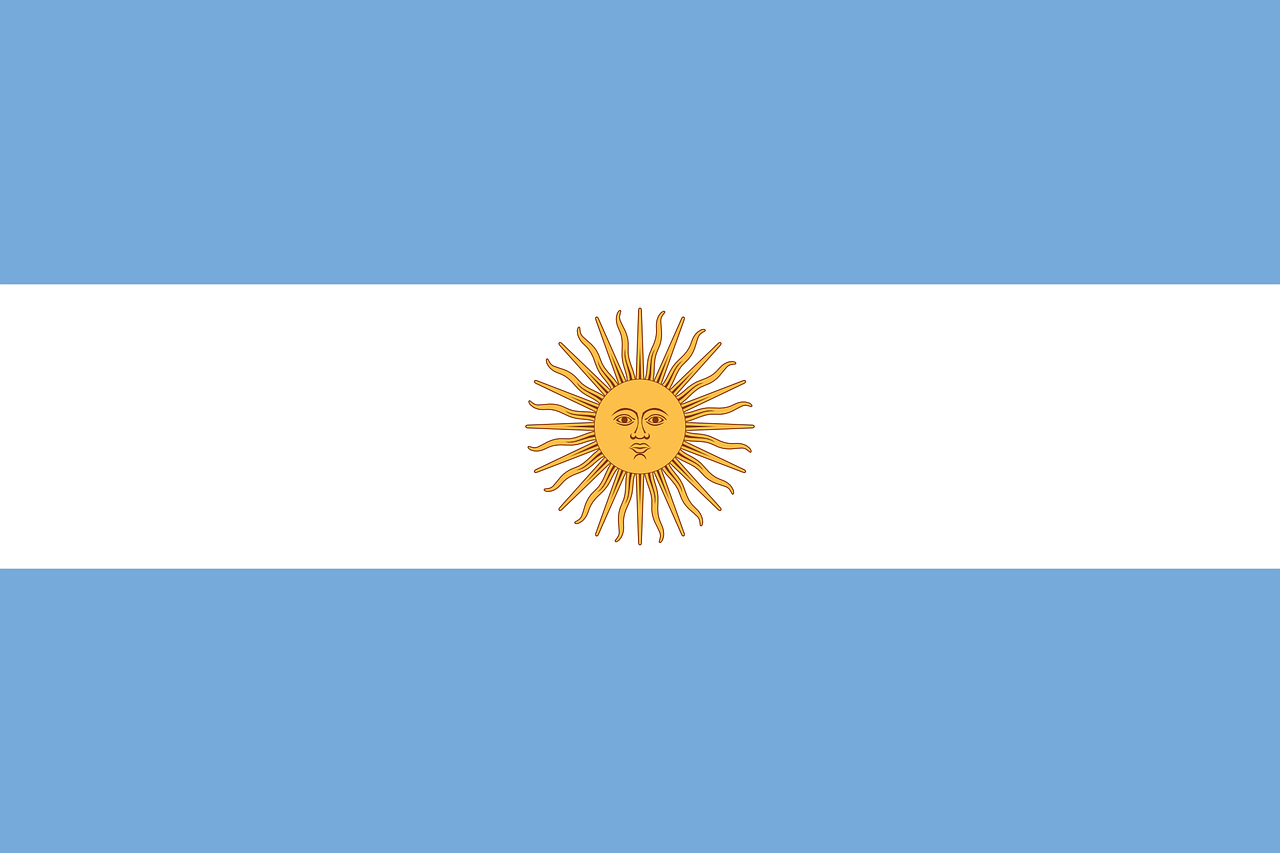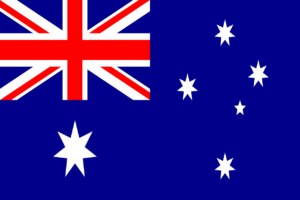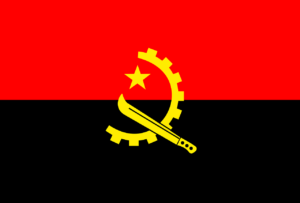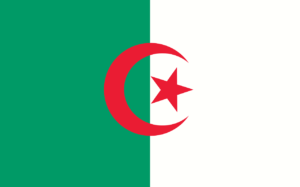History
Argentina is a country located in South America, with a rich and diverse history spanning over several centuries. The area that is now Argentina was originally inhabited by several indigenous tribes, including the Mapuche, Guarani, and Querandi peoples.
The first European explorer to arrive in Argentina was the Spanish navigator Juan Díaz de Solís in 1516. However, it was not until the arrival of the Spanish conquistador Pedro de Mendoza in 1536 that the first permanent settlement was established in the region.
Throughout the colonial period, Argentina remained a part of the Viceroyalty of Peru, and it was not until the early 19th century that the country gained independence. On July 9, 1816, a group of Argentine leaders signed the Declaration of Independence, formally breaking ties with Spain.
After independence, Argentina went through a period of political and economic instability, marked by frequent coups, dictatorships, and periods of military rule. However, the country also experienced periods of prosperity, particularly during the late 19th and early 20th centuries, when it became one of the world’s wealthiest nations.
In the 20th century, Argentina faced numerous challenges, including economic crises, social unrest, and political turmoil. In 1983, the country returned to democratic rule, and since then, it has made significant progress in terms of human rights, economic development, and social welfare.
Today, Argentina is a vibrant and diverse nation, known for its rich culture, passionate people, and stunning natural beauty. Despite its challenges, the country has a proud history and a bright future, and it continues to play an important role in shaping the political and economic landscape of South America
Basic Facts
Capital
Buenos Aires
Population
45,605,826
Area
Total 2,780,400 km2 (1,073,500 sq mi)[B] (8th) Water (%) 1.57
Religion
79.6% Christianity —62.9% Roman Catholic —15.3% Protestant —1.4% Other Christian 19.2% No religion 1.2% Other
Official Language
Spanish[a] Guaraní in Corrientes[3] Quechua in Santiago del Estero[4] Qom, Mocoví, and Wichí in Chaco[5] Welsh in Chubut[6]
Ethnic Groups
96.7% White or Mestizo[b] 2.4% Amerindian 0.5% East Asian 0.4% African
Currency
Argentine peso ($) (ARS)
Time Zone
UTC−3 (ART)
Date Format
dd/mm/yyyy
Driving Side
right[c]
Calling Code
+54
ISO 3166 Code
AR
Internal TLD
ar
Demonyms
Argentine Argentinian Argentinean
Our Latest Video
Amazing Facts
Argentina is the eighth largest country in the world by land area, covering approximately 2.78 million square kilometers.
The official language of Argentina is Spanish, but there are also a number of indigenous languages spoken throughout the country.
Buenos Aires is the capital and largest city in Argentina, with a population of over 3 million people.
Argentina is famous for its tango dance and music, which originated in Buenos Aires in the late 19th century.
The Argentine flag features a sun with 32 rays, which represents the country’s desire for progress and enlightenment.
Argentina is known for its delicious cuisine, including grilled meats, empanadas, and dulce de leche, a sweet caramel-like spread.
The country is home to a number of famous landmarks and natural wonders, including Iguazu Falls, the Andes Mountains, and the Perito Moreno Glacier.
Argentina is a major producer of wine, with the Mendoza region being particularly well-known for its Malbec grape varietal.
Soccer (or football) is the most popular sport in Argentina, with the national team having won two FIFA World Cups.
The Argentine economy is one of the largest and most diversified in Latin America, with industries ranging from agriculture and mining to technology and tourism.



